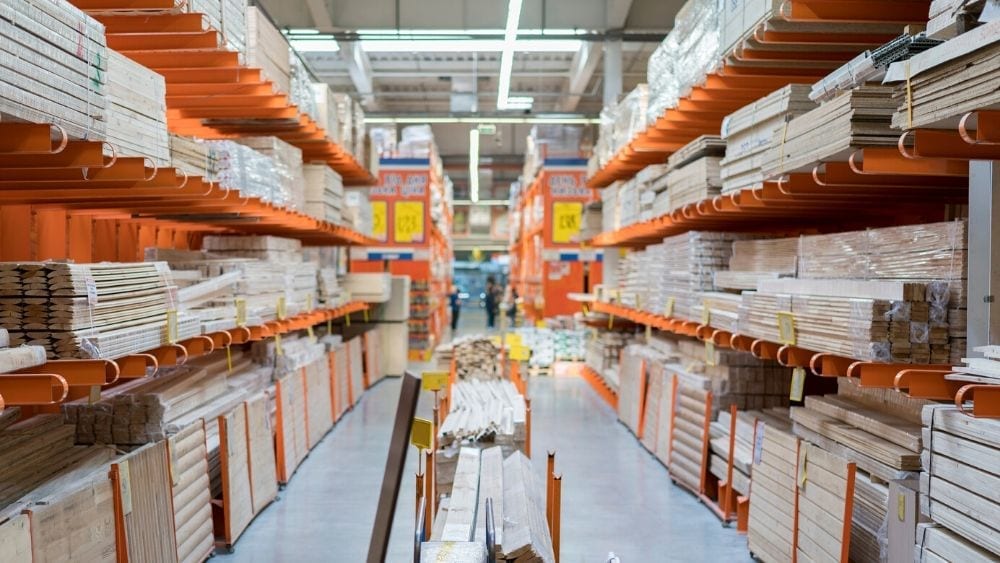Ceilings play a crucial role in the overall aesthetics and functionality of a space. Choosing the best ceiling material is essential to create a visually appealing, durable, and functional environment. In this blog post, we will explore various ceiling materials, their unique characteristics, and help you make an informed decision when selecting the perfect ceiling material for your needs.
- Acoustic Performance:
One of the key considerations for ceiling materials is their acoustic performance. Sound absorption and insulation properties are vital in spaces such as offices, theaters, and recording studios. Materials like mineral fiber, fiberglass, and perforated metal panels excel in reducing noise levels and enhancing sound quality. - Fire Resistance:
Safety is paramount, and selecting a ceiling material with excellent fire resistance is crucial. Gypsum-based materials, such as gypsum boards, are widely used due to their inherent fire-resistant properties. They provide a barrier against the spread of flames and contribute to overall fire safety. - Moisture Resistance:
In areas prone to high humidity or moisture, such as bathrooms or swimming pool enclosures, choosing a ceiling material with superior moisture resistance is essential. PVC (Polyvinyl Chloride) panels, vinyl-faced gypsum boards, and metal ceilings with appropriate coatings are excellent choices as they are resistant to moisture, mold, and mildew. - Aesthetics and Design Flexibility:
Ceiling materials should not only be functional but also aesthetically pleasing. Suspended ceilings, available in various materials like metal, wood, or mineral fiber, offer design flexibility and can be customized to create unique patterns, textures, and shapes. They allow for the integration of lighting fixtures, HVAC systems, and other utilities. - Sustainability and Environmental Impact:
With growing environmental concerns, opting for sustainable ceiling materials is gaining importance. Materials like recycled metal panels, bamboo, or reclaimed wood not only offer a unique visual appeal but also contribute to reducing the carbon footprint. Additionally, selecting materials with low VOC (Volatile Organic Compounds) emissions ensures a healthier indoor environment. - Maintenance and Durability:
Ceiling materials should be durable and require minimal maintenance. Materials like gypsum boards, metal panels, or mineral fiber ceilings are known for their longevity and ease of maintenance. They can withstand wear and tear, resist stains, and are easy to clean, making them ideal for high-traffic areas.
Conclusion:
Selecting the best ceiling material involves considering multiple factors such as acoustic performance, fire resistance, moisture resistance, aesthetics, sustainability, and durability. By understanding the unique characteristics of various materials, you can make an informed decision that aligns with your specific requirements. Remember, the perfect ceiling material not only enhances the visual appeal of a space but also contributes to its functionality and overall comfort.

